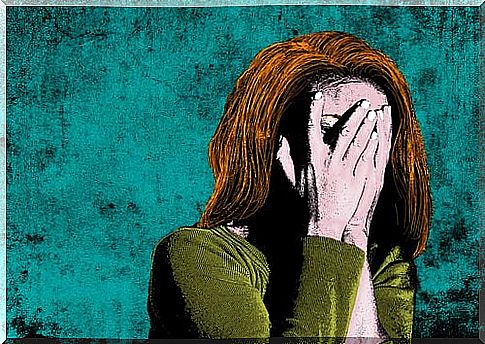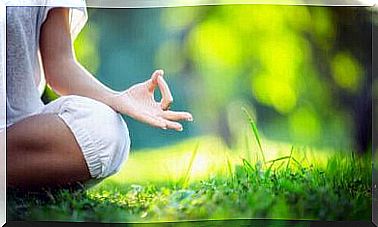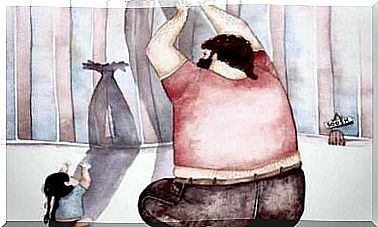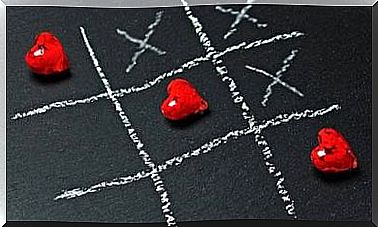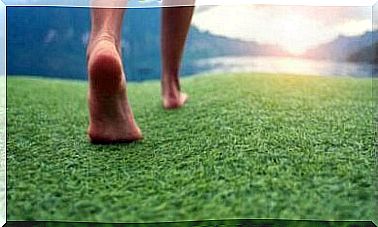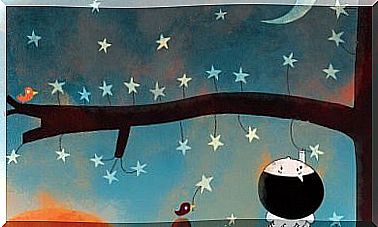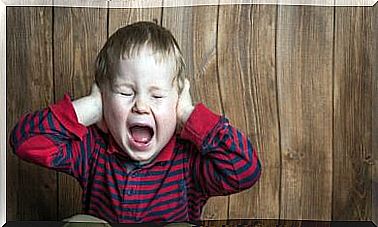Drugs Really Do Harm When No Other Outcome Is Identified

There have been attempts to explain substance use and addiction from different perspectives, and they may all have some reason. One of the most explored perspectives is that which encompasses the environmental factors identified in various studies as risk factors, associated with the consumption and addiction for a given drug.
On the other hand, it is a mistake to attempt to isolate the addictive component of a drug without taking into account the circumstances and particular characteristics of the person who uses it. Really, if we want to understand the problem, we have to go beyond the simple substance and its addictive power, not forgetting the consumer, each consumer.
In this way, we will be able to answer a simple question, which at the same time illustrates the idea that we wish to present. For example, why do some people consume alcohol, even frequently and in high amounts, but do not become addicted?
The mice who only had drugs and those who also had slides
We can try to analyze the phenomenon of addiction by looking at a laboratory. In the first experiment, a mouse is in a cage with two bottles of water. One is filled only with water and the other with heroin or diluted cocaine.
Almost every time the experiment was performed, the mouse was obsessed with water with drugs and kept coming back for more until it died. This could be explained by the action of the drug on the brain. In contrast, in the 1960s, a psychology professor in Vancouver, Bruce Alexander, revised and modified the experiment.
This psychologist built a park for mice (Rat Park). It was a diversionary cage in which the mice had colored balls, tunnels to roam about, lots of friends, and plenty of food. Ultimately, everything a mouse could dream of. In the mice park, they tested the two water bottles one by one because they did not know what was in them.
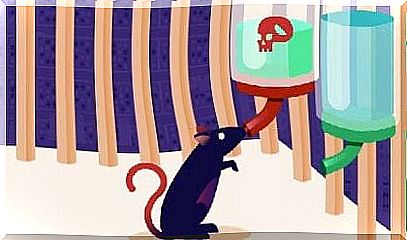
What happened was that the mice that led a good life did not fall “trapped” in the drug. In general, they avoided drinking it and in the end, they consumed less than a quarter of the drugs consumed by the isolated mice. None will die. While the isolated and unhappy mice became addicted and did not have the same luck.
The form of the first experiment did not take into account the fact that the mouse could only roam the cage following basic reflexes and stimuli or be limited to drinking the water with the drug. These actions at least assumed the performance of a different motor activity and the possibility of doing something, regardless of the likely attraction the drug had to her.
On the other hand, the second experiment offered an ALTERNATIVE to the mice, and not just any: a very attractive, striking and stimulating activity. Mice that had a good alternative or just a pleasant life routine did not feel the need to continually drink the pleasure-enhancing substance water; or at least they didn’t notice the imbalance.
This was more surprising when a third revision of the experiment was introduced for the mice who had spent 57 days locked in cages with the only option of consuming drugs. It was observed that once abstinence was overcome, and in a happy environment, they all recovered.
A good life: the best way not to fall into bad habits
If you are happy we won’t need to fill a void, and if you are unhappy you may want to cover that chemical decompensation with a substance. The nucleus accumbens; the center for the reception of dopamine in the brain, and the emission of sensations of pleasure associated with driving; is a seated king responsible for receiving subjects, environmental and chemical.
There are very faithful subjects who recover for him goods and possessions on a continuous basis, chemical agents of dopamine: water, food, stimulating social interaction, good bed in which to rest… If in addition, these goods are given individually or in a restricted way in conditions of deprivation, then it adds pleasure.
Thousands of Vietnam War soldiers became prisoners of heroin addiction. Upon their return home and once the abstinence syndrome was overcome, the soldiers resumed their normal lives if they lived in a satisfactory environment.

Drugs in and of themselves are not a powerful behavior enhancer if they do not take hold in the vital orphan claws of affection, healthy routines, or dignified work. Perhaps once established it converts into addictive behavior that sustains itself through simple repetition or / and destruction of life, but its starting point is much more complex.
An explanation ; which gives us hope and meaning, far from moralistic or chemically reductive visions which present the addict as someone with a weak character; makes us understand that the addicts, while preserving the distances, could be like the mice of the first cage: isolated, alone and with only one escape route or pleasure at their disposal. On the contrary, a person who uses drugs, but returns to a satisfactory environment, can avoid falling into addiction because he has other stimuli at his disposal which activate his brain reward circuit.
In this sense, the key is to build ourselves a “cage” that knows freedom. A “cage” in which we have different alternatives that we can interchange in order to produce pleasant sensations, so as never to generate any dependence. So we can say that drugs are bad, but that they are even worse when they appear in a context of desperation in which the person is not able to see a possible alternative to the fact of attaching themselves to feel good. … Because we all want to feel good, even if it only lasts a moment.
